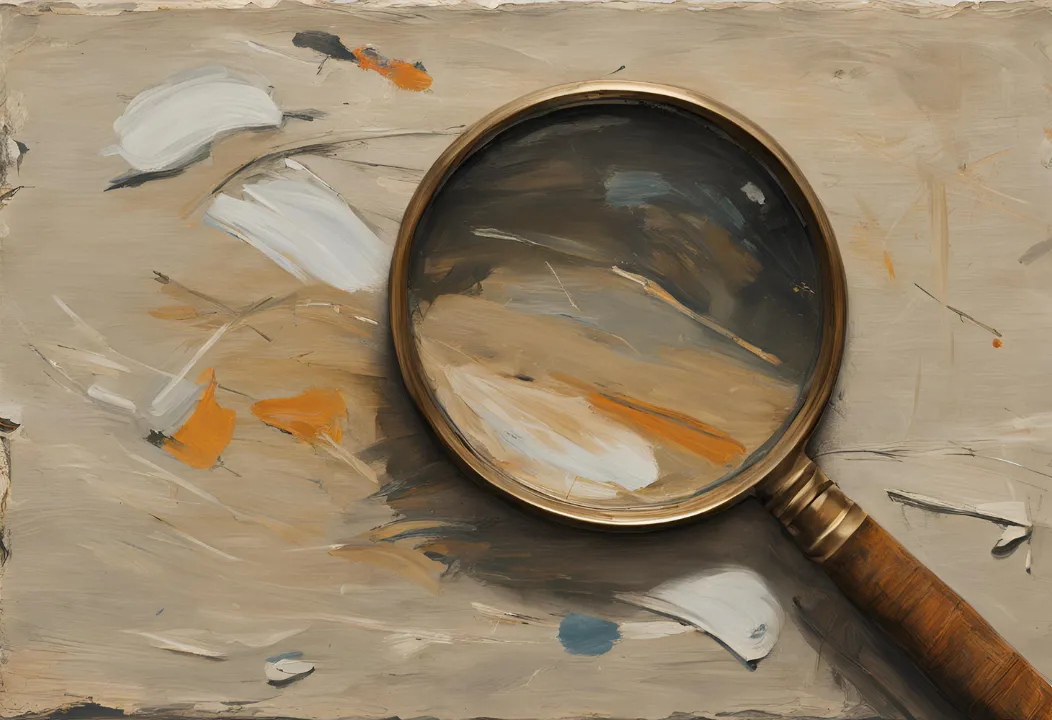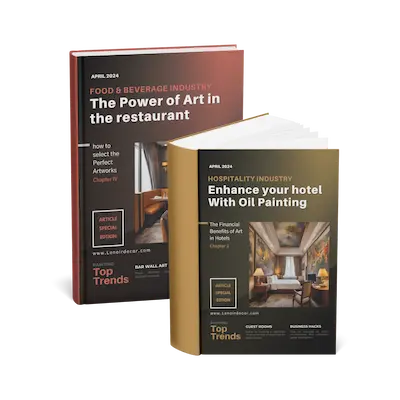The art market trend indicates that oil paintings are becoming a more attractive asset class for diverse investment portfolios. Art investors, especially those focused on modern artists, are acknowledging the significance of oil painting collections as both a financial asset and a heritage for future generations. Although conventional assets such as real estate, equities, and bonds are significant, the oil painting industry is becoming recognized as a legitimate means to diversify and perhaps enhance wealth.

1. Comprehending the Contemporary Oil Painting Market
In recent decades, the art industry has undergone substantial expansion, with the value of oil paintings by esteemed painters attaining unparalleled levels. Oil paintings provide a distinct benefit owing to their little association with other asset groups. Their value is stable regardless of stock market fluctuations or economic recessions, rendering them an astute option for portfolio diversification.
It is essential to differentiate between art as an investment and art as a passion. Although enthusiasm motivates some collectors, effective investing in oil paintings necessitates a comprehensive comprehension of market dynamics, artist valuation, and prospective profits.
Gain insights from industry professionals as they examine critical discoveries and the diverse factors influencing the oil painting business. Elements affecting the market comprise:
- Economic indicators such as economic growth, interest rates, and inflation can influence the value of oil paintings.
- Geopolitical developments can affect investor mood and trends in the art market.
- Technological advancements in digital platforms and online auctions are revolutionizing the art sector, generating novel options for buyers and sellers of oil paintings.
- Celebrity Influence: Prominent collectors and celebrities may profoundly affect the market for particular artists and oil painting genres.

2. The Appeal of Investing in Customized Oil Paintings
- Benefits of Diversification: Incorporating oil paintings into your investing portfolio might provide diversification advantages. In contrast to conventional assets, the valuation of oil paintings is frequently affected by elements such as rarity, the artist's renown, and visual attractiveness, rendering them less vulnerable to overarching economic fluctuations.
- Aesthetic Appreciation: In contrast to several conventional investments, oil paintings provide the concrete satisfaction of possession. You may admire the aesthetic appeal of investing in art while it rises in value.

- Art has always demonstrated resilience as a hedge against inflation. Tangible goods, such as customized oil paintings, typically increase in value while cash depreciates in purchasing power.

- Oil paintings have a trend of long-term value growth, albeit short-term volatility. Investing in art by both renowned and nascent artists can produce substantial rewards over time.
- Tax Benefits: Art investments may be eligible for tax advantages or deferrals depending on your location. Seek counsel from a tax adviser to comprehend the particular ramifications for your circumstances.

3. Constructing a Profitable Oil Painting Investment Portfolio
To adeptly traverse the oil painting industry and cultivate a lucrative portfolio, contemplate these strategies:
- Due Diligence: Perform comprehensive research on the artist, their market performance, and the provenance of the artwork prior to making a purchase. Comprehending an artist's career progression, critical recognition, and market demand is essential.
- Diversification: Allocate your assets across different artists, styles, and price ranges to reduce risk. Consider including both renowned and nascent artists within your collection.
- Seek counsel from art gurus or investment experts who specialize in the oil painting sector. Their experience might be crucial in facilitating informed judgments.
- Long-Term Outlook: Art investment constitutes a long-term strategy. Refrain from hasty decisions and concentrate on cultivating a collection of enduring worth.

- Storage and Insurance: Adequate maintenance and storage are crucial for safeguarding the value of your oil paintings. Invest in climate-controlled storage facilities and extensive insurance coverage.

4. Art Risk Mitigation and Return Optimization
Although investing in oil paintings has appealing potential rewards, it is crucial to recognize the art risk involved. In order to achieve that, we need to:
- Comprehend the Market: Remain cognizant of art market trends and economic factors that might influence oil painting sales.
- Diversify Your Portfolio: Allocate your assets across many artists, styles, and price ranges to mitigate risk associated with any individual artwork or artist.
- Consult professional guidance: Seek counsel from an art adviser or investing specialist.
- Exercise Caution Regarding Liquidity: Disposing of artwork may be more arduous than liquidating conventional investments; hence, anticipate possible delays.
By meticulously assessing these criteria and embracing a long-term strategy, you may enhance your likelihood of constructing a successful and lucrative oil painting investment portfolio.

Key takeaways
- Investing in art, especially oil paintings, provides a distinctive combination of enthusiasm and financial gain.
- Comprehending the art market, performing comprehensive research, and embracing a long-term outlook are essential for success.
- Diversification, professional counsel, and diligent management are essential for risk mitigation and return optimization.
Although art investments entail intrinsic risks, the prospective benefits, including monetary appreciation and aesthetic pleasure, render them appealing to astute investors.
Prepared to delve into the realm of oil painting investment? Reach out to Lenoir Decor today for a tailored consultation.






